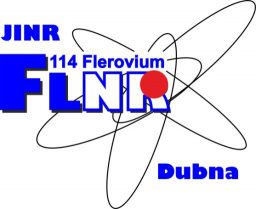Synthesis of element 117

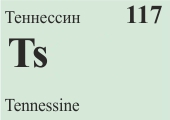 Tennessine is a superheavy artificial chemical element with an atomic number of 117 and a symbol of Ts. Also known as eka-astatine or element 117, it is the second-heaviest known element and penultimate element of the 7th period of the periodic table.
Tennessine is a superheavy artificial chemical element with an atomic number of 117 and a symbol of Ts. Also known as eka-astatine or element 117, it is the second-heaviest known element and penultimate element of the 7th period of the periodic table.
The discovery of tennessine was announced in Dubna, Russia, by a Russian-American collaboration in 2010.

“Discovery and assignment of elements with atomic numbers 113, 115, 117 and 118″
In June 2016, the IUPAC suggested the element to be named tennessine, symbol Ts, a name expected to be formally accepted by the end of 2016.

IUPAC is naming the four new elements nihonium, moscovium, tennessine, and oganesson.
On 28 November 2016, the IUPAC approved the name tennessine, symbol Ts for the element 117.

IUPAC Press Realease dated 30.11.2016.
“IUPAC announces the names of the elements 113, 115, 117, and 118“
|
In pictures

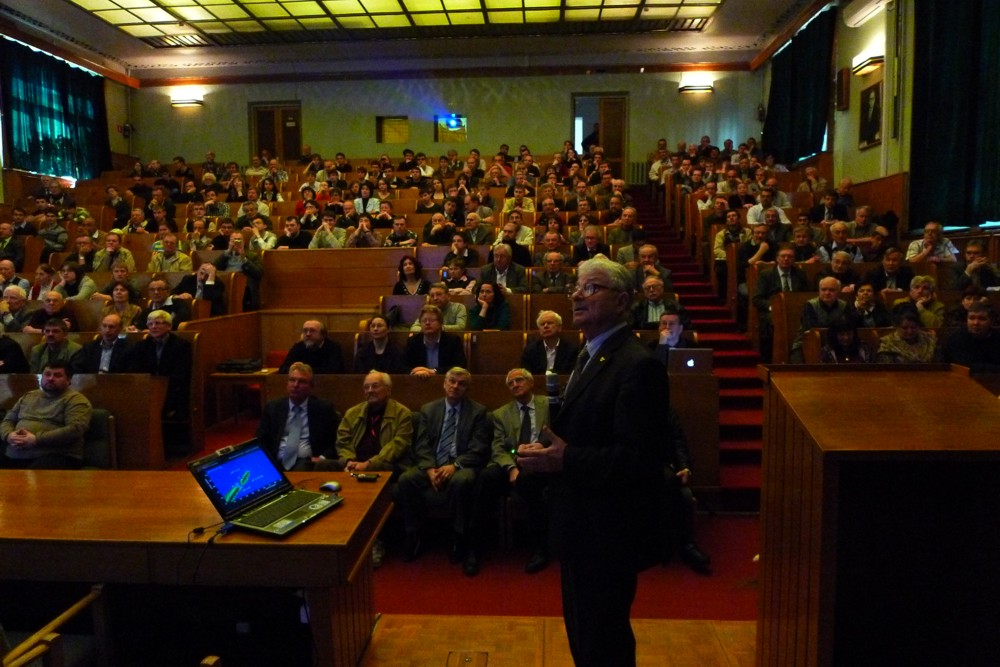
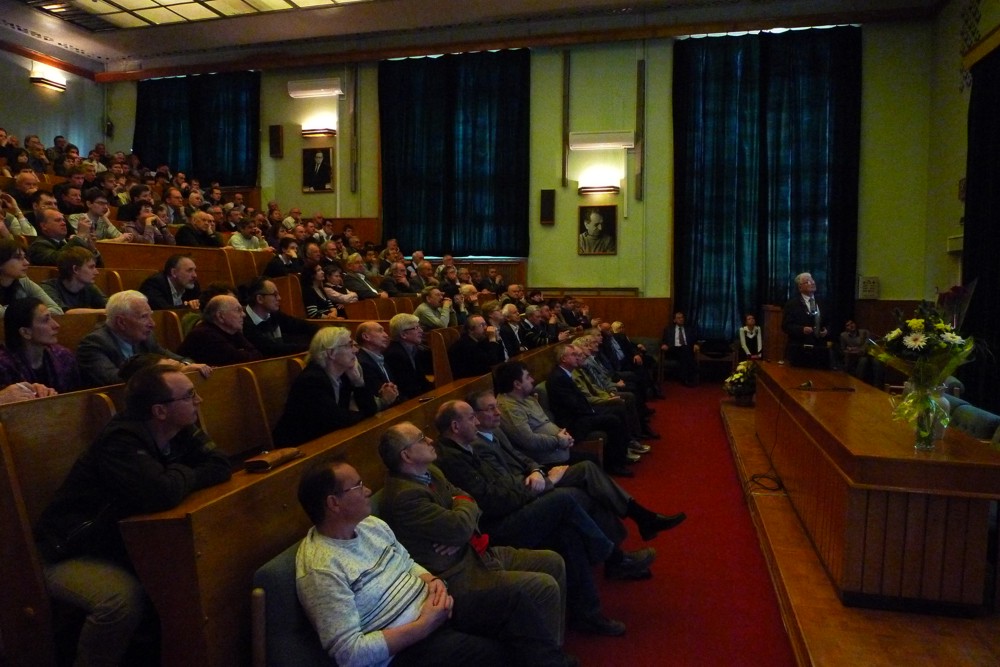





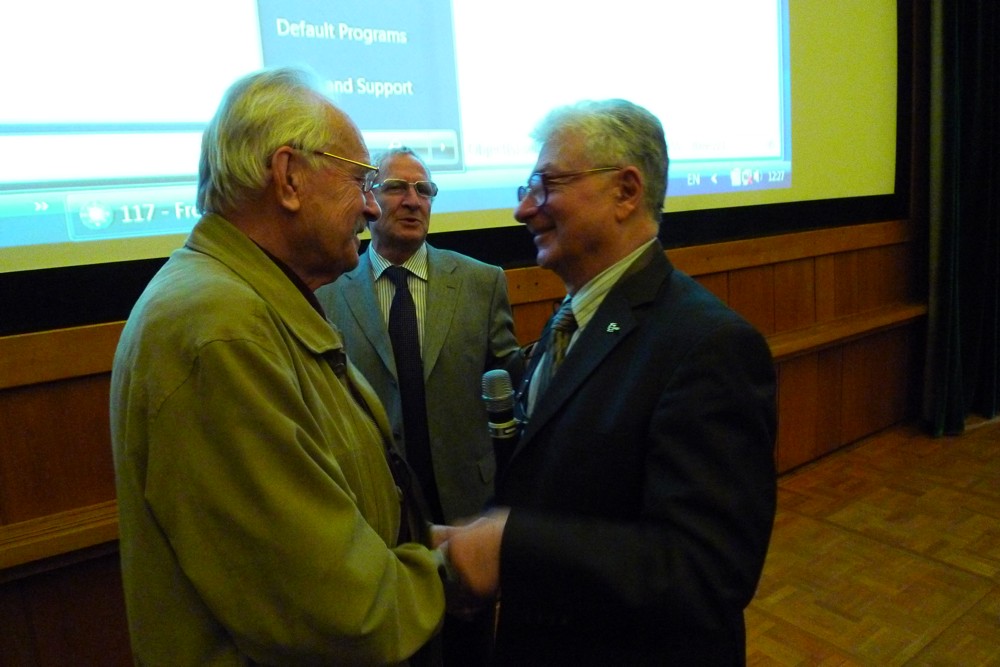



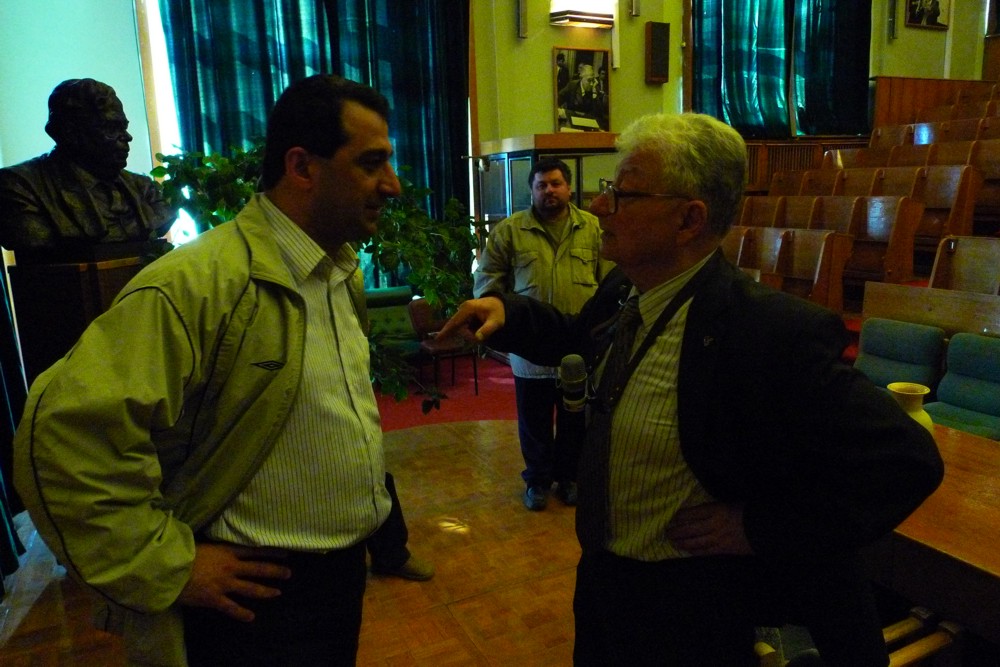
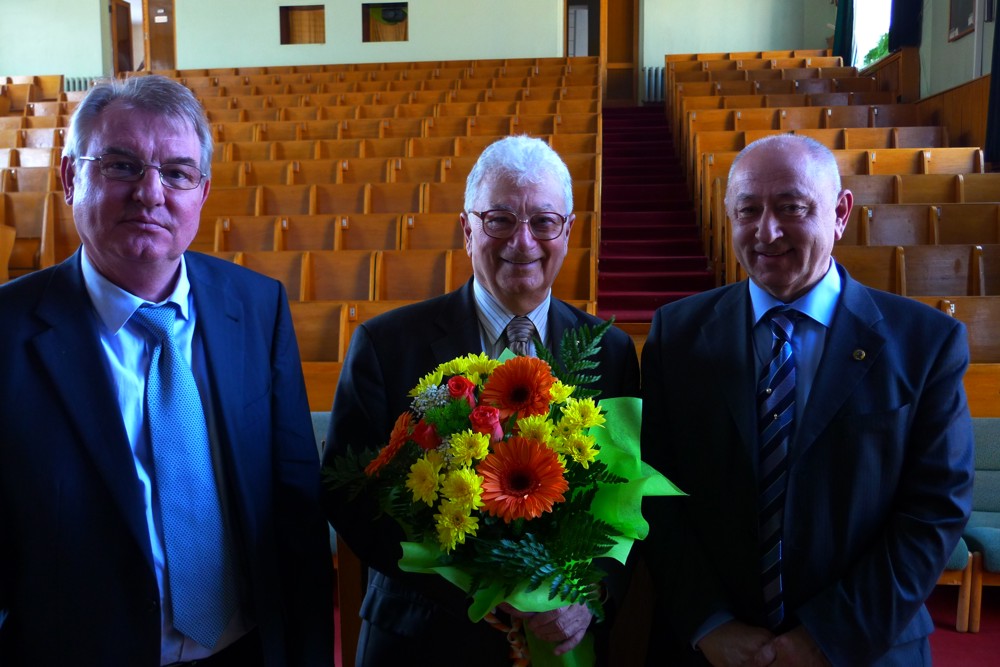
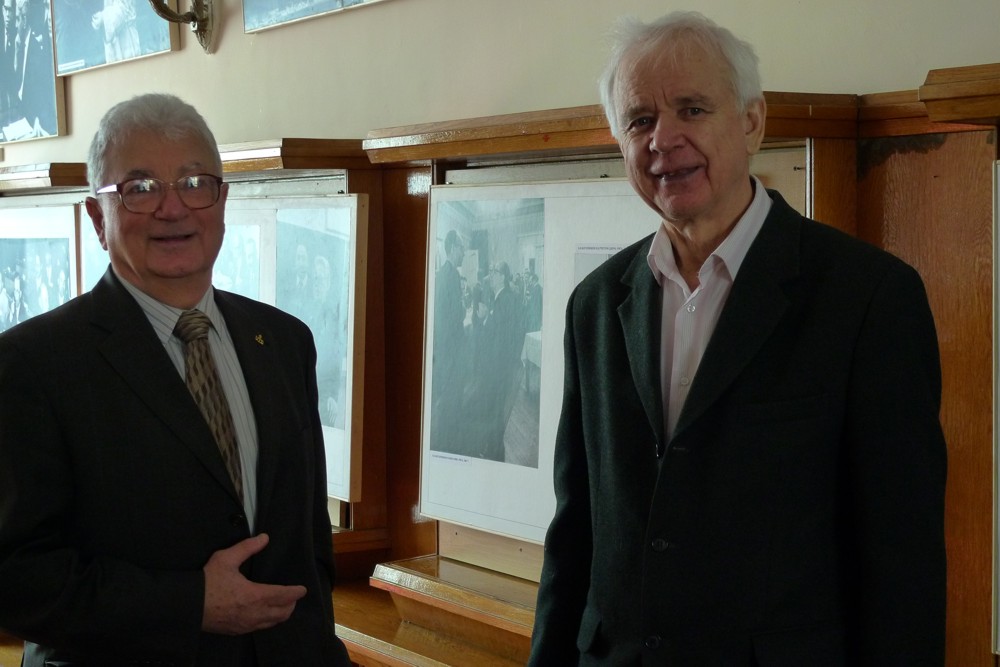



- Scientific paper in “Physical Review Letters”

-
Oganessian Yu. Ts. et al.
“Synthesis of a new element with atomic number Z=117”.
Phys. Rev. Lett. 104, 142502 (2010)
download: [ pdf ] (428Kb)
On 28 February 2010, in the Flerov Laboratory of Nuclear Reactions (FLNR), the Joint Institute for Nuclear Research (JINR, Dubna), a long-standing experiment dedicated to the synthesis of the new chemical element with atomic number 117 was successfully completed. The decay properties of the isotopes of element 117 and its daughter products – the isotopes of elements 115, 113, 111, 109, 107 and 105, together with the formerly synthesized in Dubna isotopes of elements 112-116 and 118, are a direct experimental evidence of the existence of the “islands of stability” of superheavy nuclei. The discovery of the superheavy elements considerably expands the limits of the Table of elements; the enhancement of the nuclear stability makes it possible for the first time to explore their unusual physical and chemical properties. The experiments on the synthesis of element 117 were performed on the FLNR heavy ions cyclotron (JINR) in collaboration with the U.S. National Laboratories in Oak Ridge and Livermore, as well as with Vanderbilt University (USA) and the Research Institute of Atomic Reactors (Dimitrovgrad, Russia). A scientific paper, prepared by the authors on the discovery of element 117, has been published in the well-known American journal “Physical Review Letters”.
